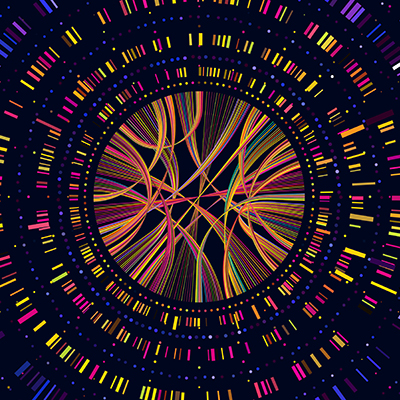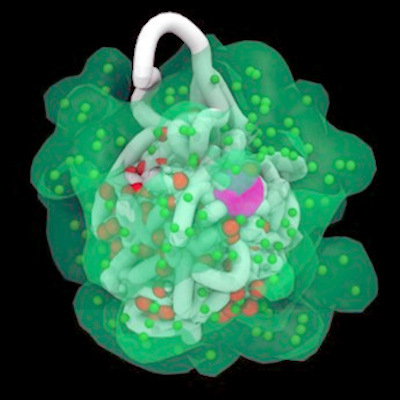July 18, 2022 -- Proteins need to wobble, shake, and quiver to function properly, Johns Hopkins Medicine researchers found. The discovery may help scientists design new drugs that can modify or disrupt the “dances” of proteins to alter their functions.
It's well known that proteins wiggle and move but how important is that function? It turns out the answer is very important. The way proteins engage with the right partner at the right time is crucial for understanding their function and it's critical for protein communication.
The research team studied the wiggling action of the HMWP2 protein, a type of nonribosomal peptide synthetases enzyme. The widespread wiggling of one domain in the HMWP2 enzyme kick starts a process that enables the domain to connect with several partner domains at one time (Science Advances, July 15, 2022).
The team tracked the motion of one of HMWP2's domains down to each individual atom in the molecule using nuclear MR (magnetic resonance) spectroscopy and nitrogen-15 and carbon-13 to flag two domains of the HMWP2 enzyme and observe its change in motion from one domain to another. Two domains would only bind to one another as the second domain got modified, which means the domains only engaged as needed for making the product and avoided wasting time together when the second domain was not modified.
The first domain can sense when the second domain is modified and does so via movements. To show this, the Johns Hopkins researchers genetically engineered HMWP2 proteins with a mutation that occurred in a location on the domain far from the two sites the scientists had identified. The mutation did not directly block the sites' ability to interact with other domains.
The protein domain was structurally stable, but all of its movement was hindered, and the mutated protein's lack of movement damaged its ability to bind with other domains even when they were modified. In essence, the motions within the protein were necessary for the domains to work together. This knowledge could be used by scientists to design drugs that don't target a protein's natural active site but instead halt its movement to inactivate it, according to the researchers.
Copyright © 2022 scienceboard.net









